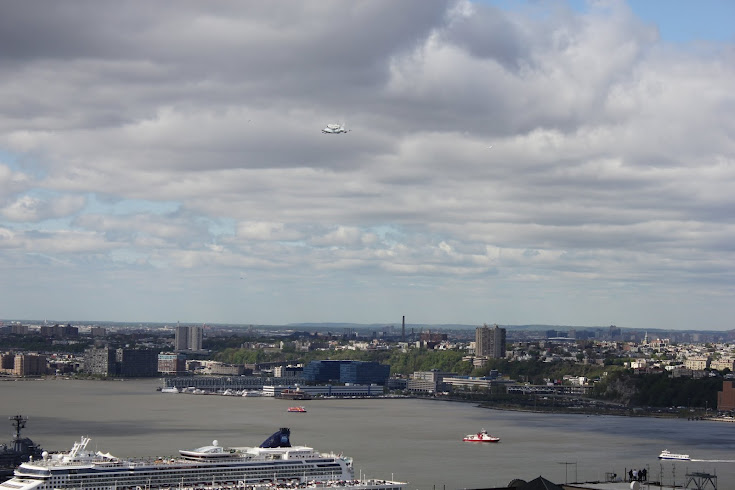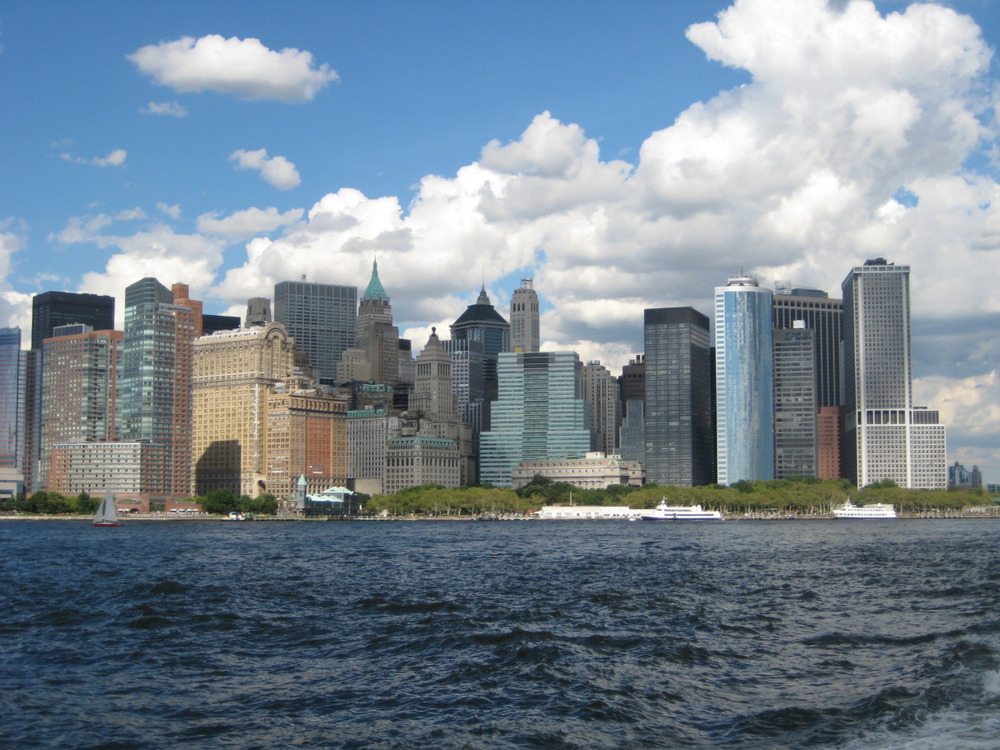Links for Thought -- April 27, 2012
/Pixar Story Rules (The Pixar Touch, h/t to Ritholtz) -- This is a great list of the "rules" that shape Pixar's stories. No matter what our age, we all know (and I'm sure love) the great stories from Steve Job's computer animation studio. While these rules are about how to structure a great animated film, they are deeper life lessons with broader implications. Definitely worth a read.
Logical Fallacies Poster (Boing Boing) -- Ah remember the good 'ole days as a philosophy major in college memorizing the long list of all the fallacies. Each day as I peruse the financial news, I'm pretty sure I encounter at least a handful. Slippery slopes, strawmans and appeals to emotion are RAMPANT throughout today's 24-hour news cycle. Which others do you see regularly?
Lonesome Dove (Free Exchange) -- The Economist's economics blog looks at Ben Bernanke's maneuvering and posturing through the financial crisis. In particular, this post looks at how Bernanke has positioned himself between those like Paul Krugman saying the academic Bernanke would do more to fend off deflation, and the inflationistas who at every step of the way insist that hyperinflation is right around the corner. This is a must read for those interested in macroeconomics.
Don't Cripple Innovation for the Sake of this Quarter's Numbers (Harvard Business Review) -- This article touches on a point I will get back to time and again. Companies need to manage their business to maximize the long-term value, and not for meeting quarterly numbers. Too often we see companies doing precisely the wrong thing. Many of today's managerial challenges on this end are driven by increasingly fickle shareholders looking to make a quick buck on a trade, rather than building wealth through long-term investment. The tide does seem to be shifting though.
Bullish Sentiment At Lowest Level Since Last September (Pragmatic Capitalism) -- I usually try to focus on pieces that are not pegged in time, but this I just found so damn interesting. Right now as the market sits within spitting distance of multi-year highs, investor sentiment is much nearer levels consistent with a bottom. This is a pretty consistent contrarian indicator, where the preponderance of market participants tend to be wrong. It's also a great counterpoint to those talking heads who keep speaking of excessive bullishness.
People are Figuring Out Austerity is Stupid (Ritholtz) -- It's about freaking time! Austerity has never worked throughout history and it sure as hell won't work now. Don't be fooled by all the appeals to emotion and slippery slopes (go check out those logical fallacies from above). The austerity argument is stooped in moralism far more than sound economics, and in reality the morality is all wrong anyway. There is a sound empirical explanation for why austerity not only doesn't work, but is also in fact counterproductive and a force which increases (not decreases) an aggregate debt burden. It's all about thinking of things in terms of their relative levels (i.e. debt to GDP) instead of gross levels.
David Wright: Greatest Met Ever? (Fangraphs) -- Well just 3 years ago I think every Mets fan would've agreed Wright had a clear shot at being the greatest Met ever. Today many would beg to differ. Reality, as it often does, lies somewhere in the middle. He had some all-time great Mets years, with a couple of injury riddled ones we'd rather forget. Looks like things are getting back to normal though for D. Wright. The most shocking surprise from the Fangraphs analysis is that Edgardo Alfonzo is way higher than I thought he'd be statistically speaking. I was a HUGE fan back in the day.
Typically I leave off with a great nature shot, but today I will again diverge and end with the 3 best photos I took at today's flyby from the Enterprise Space Shuttle. What a cool site that was flying first up the Hudson from downtown, and then back towards the city, past the Hudson cliffs and over the George Washington Bridge. While the space shuttle is old and headed for retirement, I still couldn't help but laugh at the contrast with my recent post on New York City pre-concrete junge. Just an awesome site to see!




